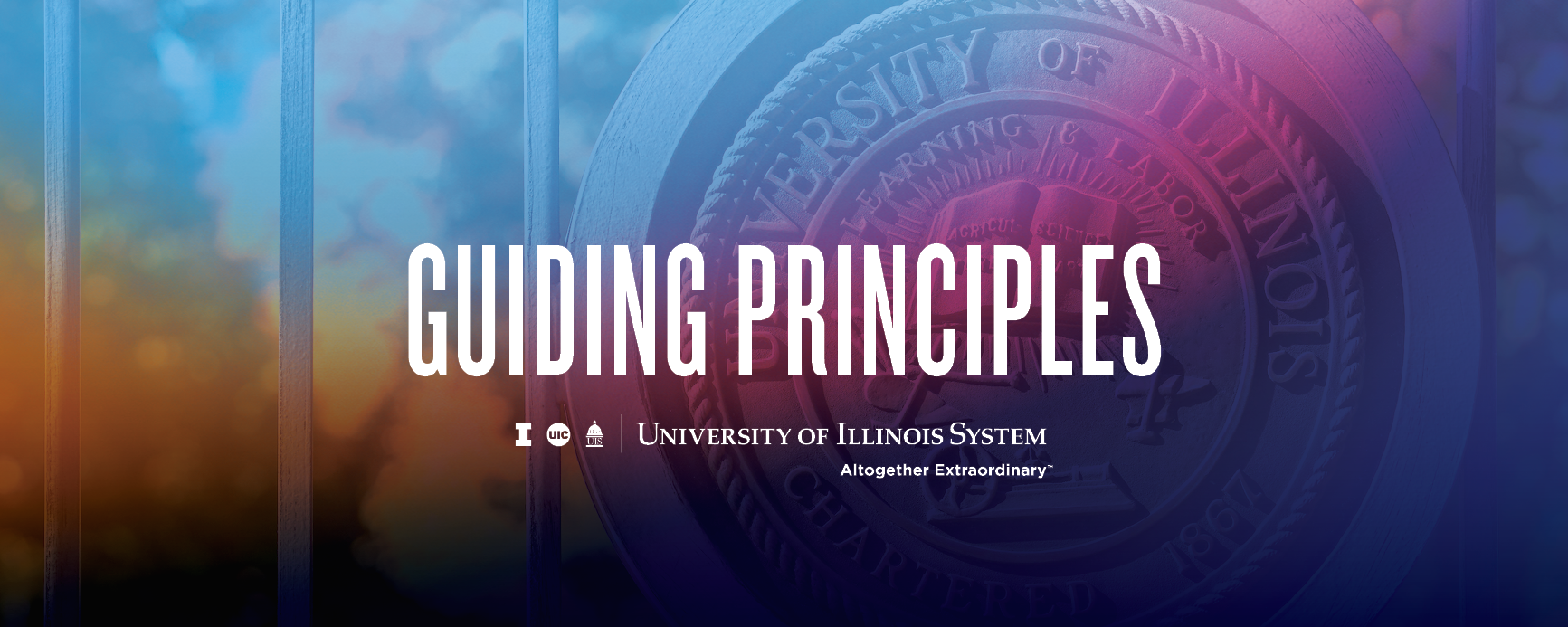 What
What
Assumptions
is
MyScore
based
on?
- The Inner story we tell ourselves about who we are and what we are capable of becoming radically shapes the way we behave, react and perform.
- The theory of change believes that performance is built on the platform of perception. If I do not believe in myself, how can I become a successful life learner? You cannot change performance without also changing self- perception. They are inextricably tied.
- With everyone testing students to chart their progress and adjudge their levels against national standards, the students are at risk of internalizing an overly self-critical view of themselves that is always outside in, always assessing them against external benchmarks that does little to engage students in appreciative self-knowledge. That is why the instrument is called MyScore, to privilege how they see themselves as being as critical and formative as how their teachers see them.
- MyScore seeks to promote a regular “Check-In” conversation with students so they have a chance to tell someone who cares how they are feeling about themselves using the 5C scale. As necessary as this sharing is, the school schedule is under so much pressure that we believe this vital conversation is too easily neglected, to the detriment of the students and their social-emotional learning.
- The 5 C’s of Confidence, Curiosity, Collaboration, Courage and Career/Future Focus are life competencies that increase a student’s chance to achieve success at school and beyond. MyScore is meant to build in students regular reflective habits of mind that enhances a school or program as a habitat for positive learning.
- The first Stage of MyScore is used to gather the data of students so as to map the emotional landscape of a class/ school or a program and offer a way for teachers to assess how conducive the emotional climate is to learning and growing.
- The second Stage of MyScore is used to respond to a students self-assessment so that it leads to their goal setting in the realm of behaviors that a teacher or mentor can witness and amplify as an audience by awarding a WOW card. The WOW card re-enforces the behavior that evidences the new story of self-belief.
- The intervention stage of goal setting is built on understanding that it is easier to act into a new way of thinking than to think into a new way of acting.
 What
What